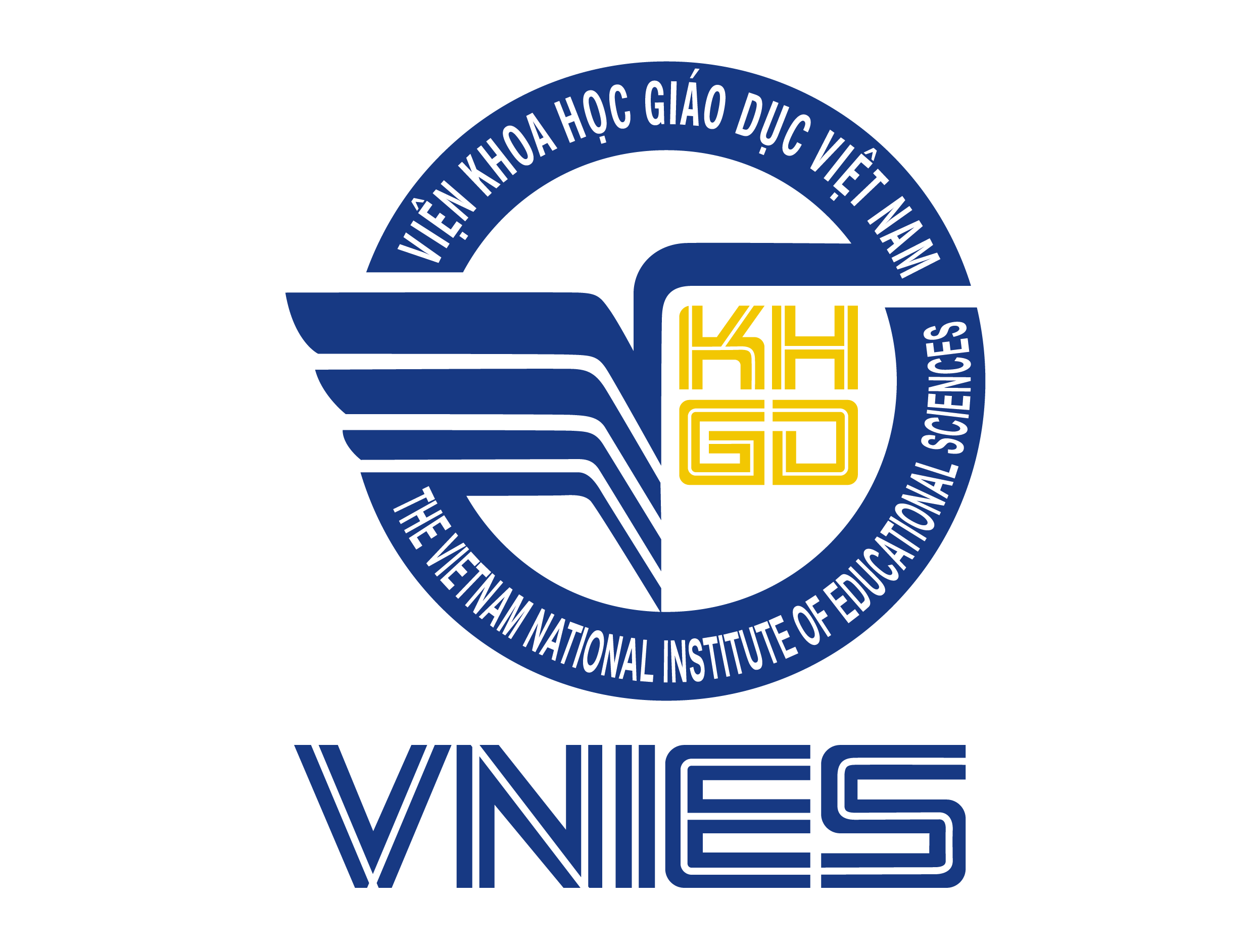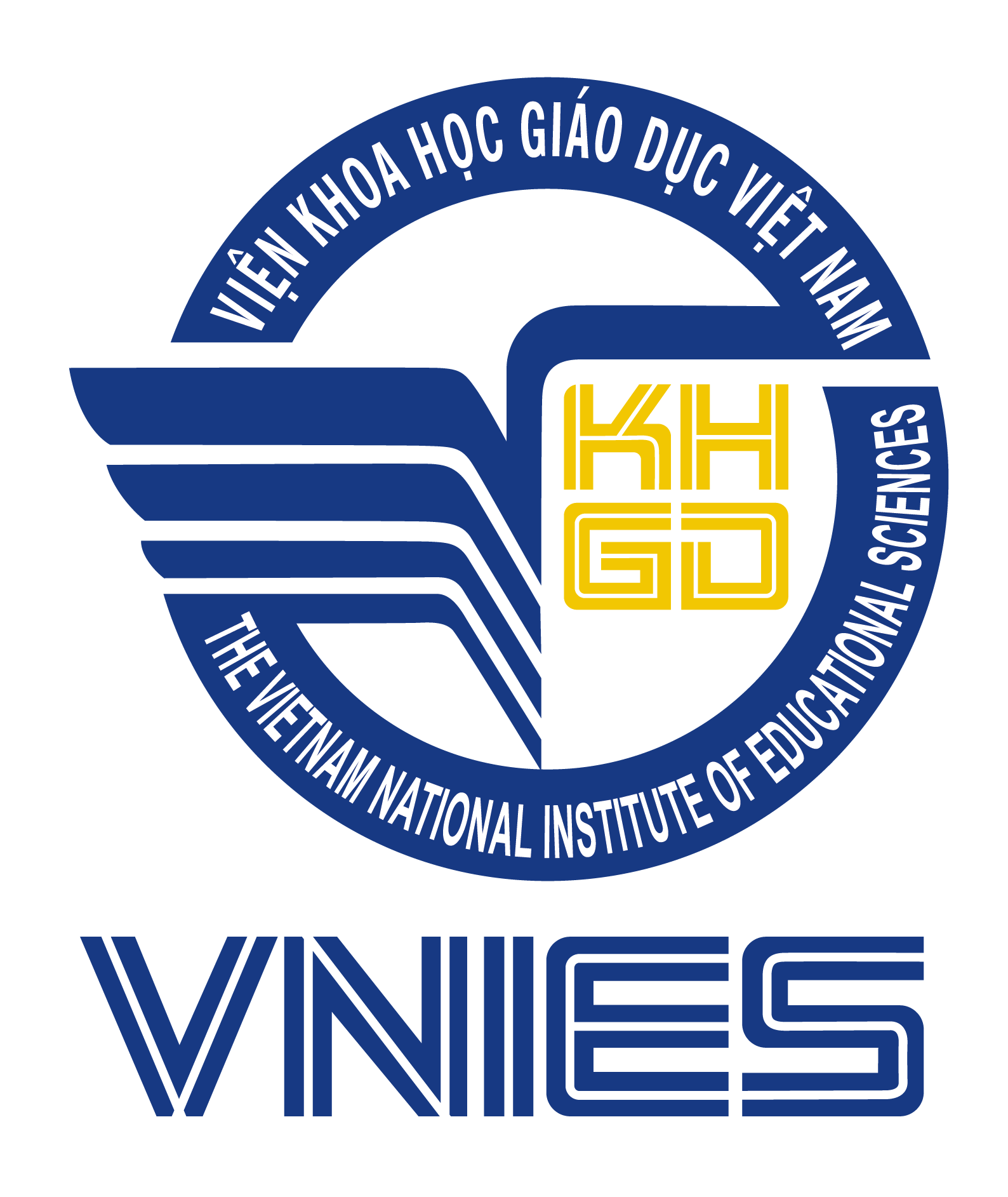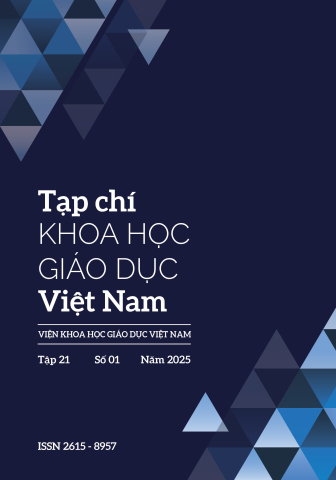[1] Benek, İ. & Akçay, B. (2022). The effects of socio-scientific STEM activities on 21st century skills of middle school students, Participatory Educational Research, 9 (2), 25-52.
[2] Dewi NR, Maulida NF. (2023). The development of stemnuanced mathematics teaching materials to enhance students’ mathematical literacy ability through information and communication technology-assisted preprospec learning model, Int J Educ Methodol, 9(2), 409-421.
[3] Do Thi To Nhu, Nguyen Thi Viet Nga, An Bien Thuy. (2024). Sử dụng hình thức STEM trải nghiệm trong dạy học nội dung hệ hô hấp, Khoa học tự nhiên lớp 8, Scientific Journal of Sai Gon University, No. 87, vol. 1, pp 37-46.
[4] Ministry of Education of the People’s Republic of China. (2017). Notice of the Ministry of Education on the issuance of the science curriculum standards for compulsory education in primary schools.
[5] Nguyen Dieu Linh. (2023). Fostering problem-solving competency in sustainable development education through experiential teaching according to the STSE model with the topic “Physics with education on environmental protection, (in Vietnamese), PhD. Thesis, Ha Noi National University of Education
[6] Oyewo, Opeyemi A., Sam Ramaila, and Lydia Mavuru. (2022). Harnessing Project-Based Learning to Enhance STEM Students Critical Thinking Skills Using Water Treatment Activit, Education Sciences, 12(11), 780.
[7] Pedretti, E. & Little, C. (2008). From engagement to empowerment, Tonto: Pearson Education Canada.
[8] Pedretti, E. and Nazir, J. (2011). Currents in STSE Education: Mapping a Complex Field, 40 Years, Science Education, 95(601), 601-626.
[9] Ruiz-Bartolomé, Erica, and Ileana M. Greca. (2023). Extracurricular Program for Girls to Improve Competencies and Self-Concept in Science and Technology, Education Sciences, 13(1),70.


